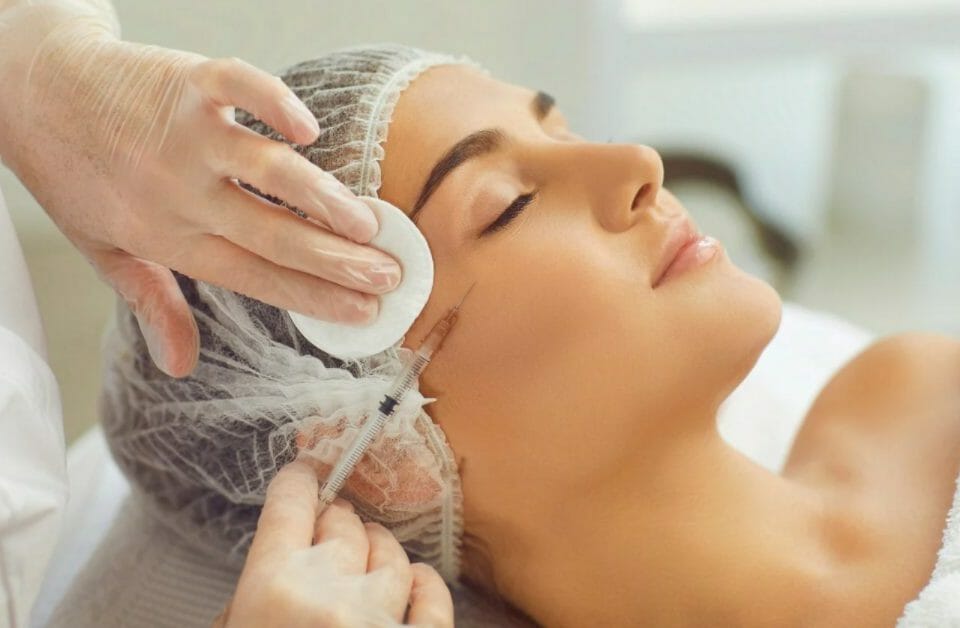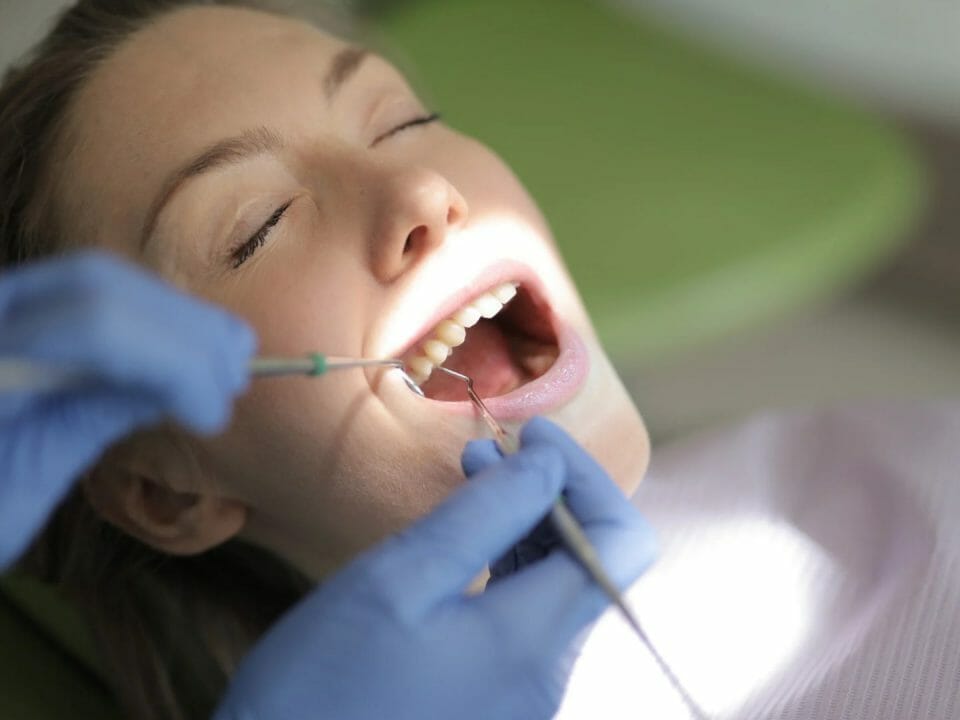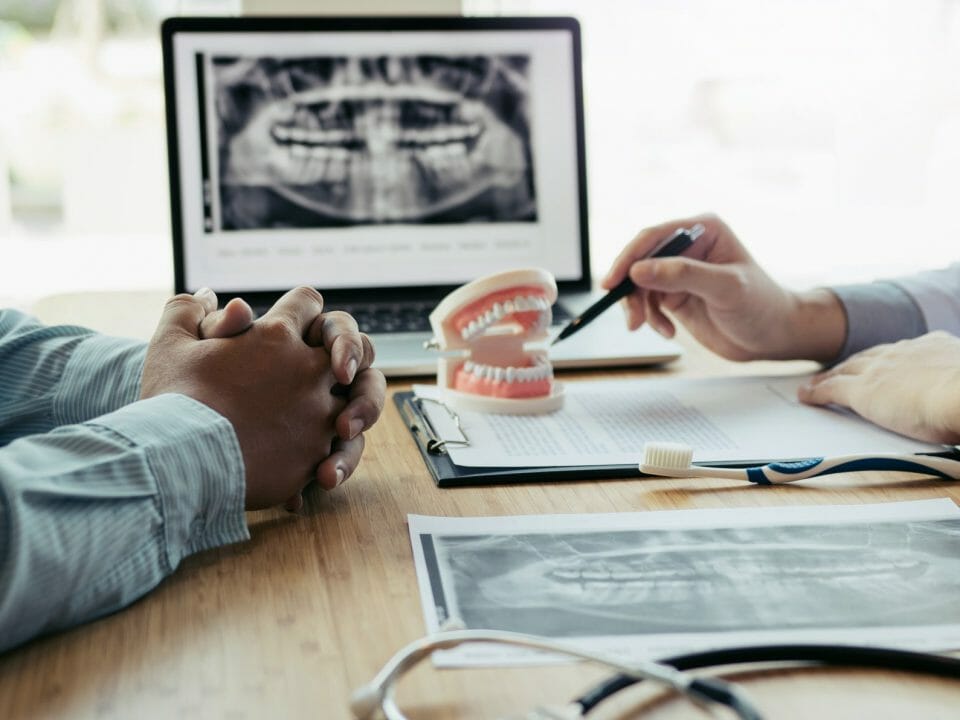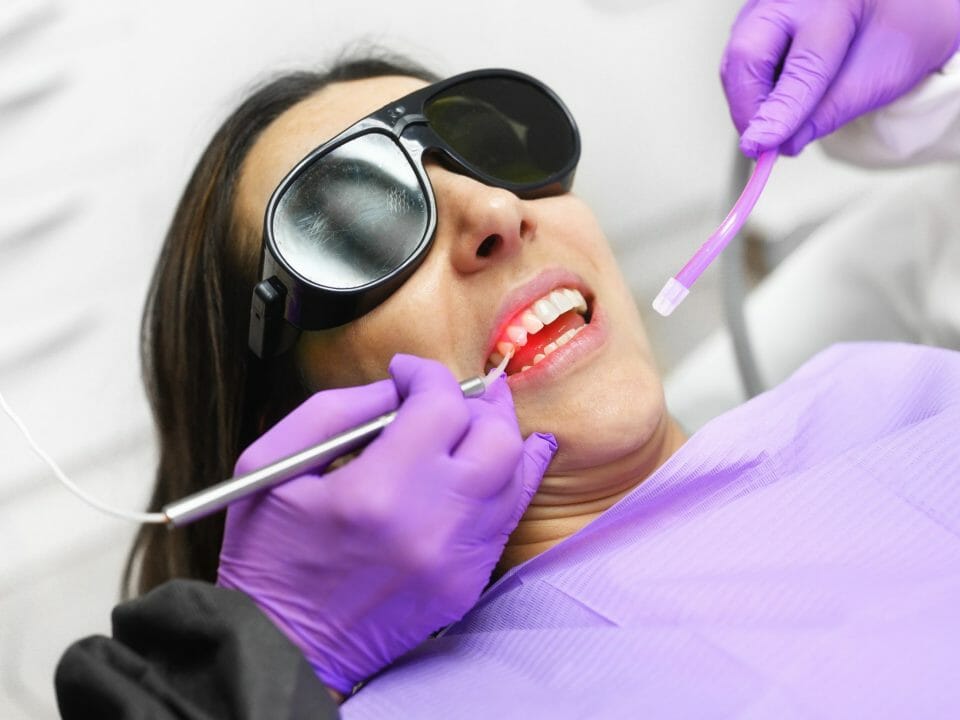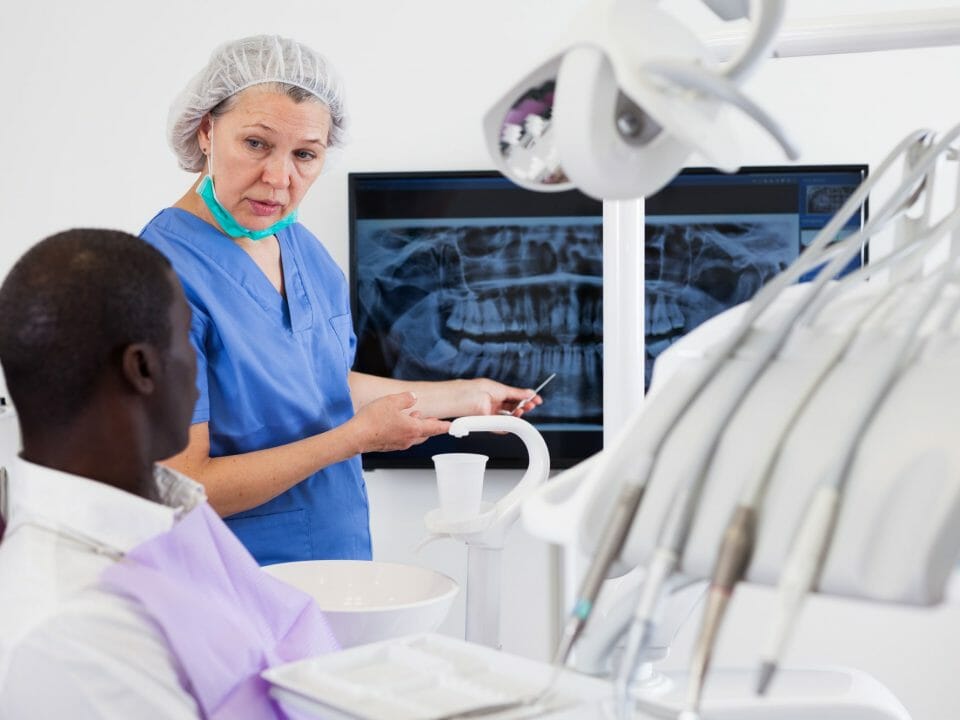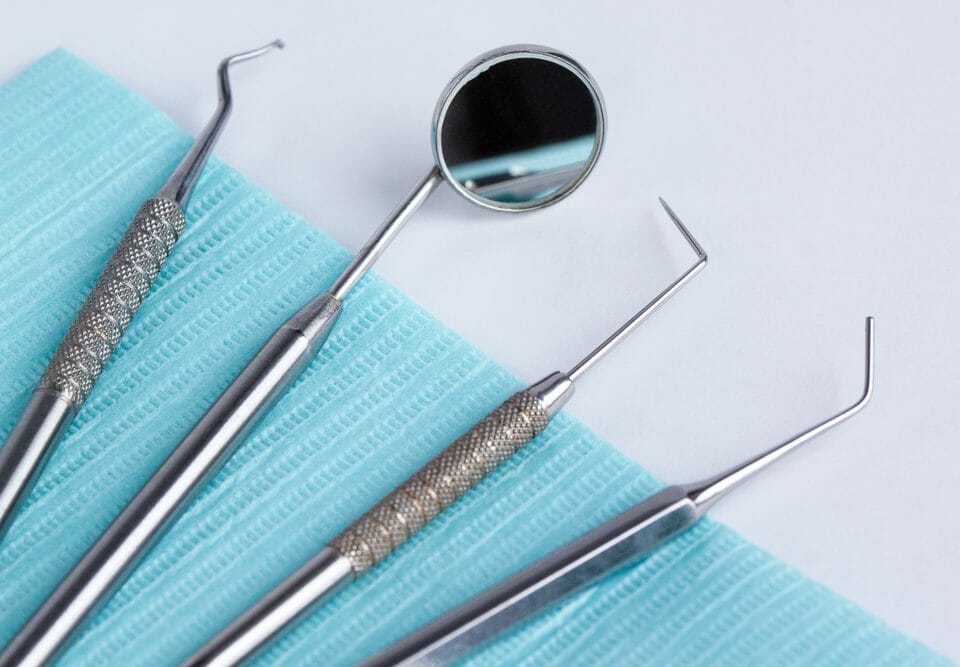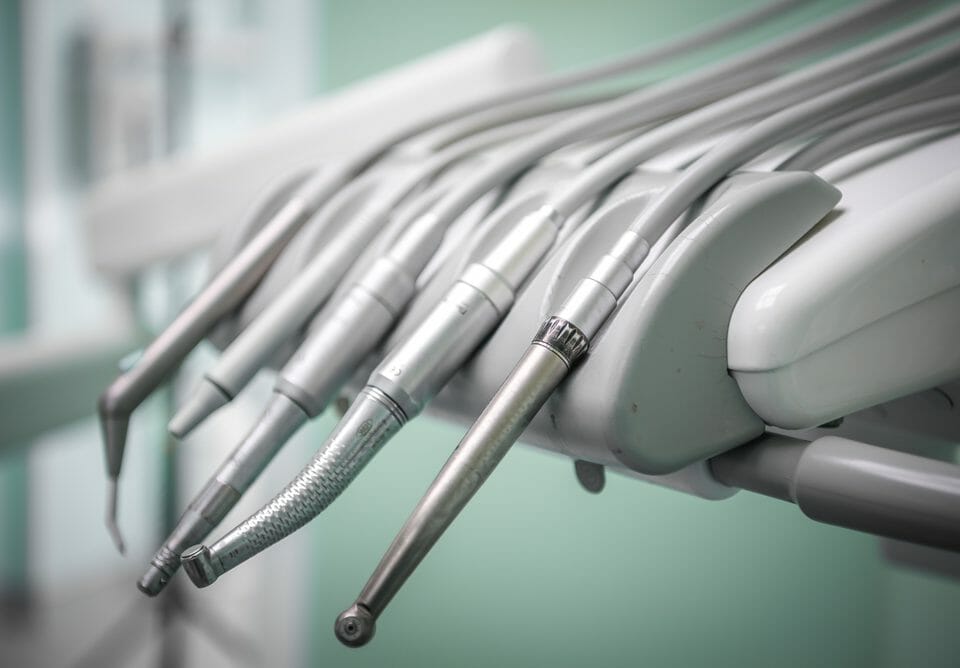
Having a dental emergency? Call us!
614-882-1135
We understand that dental emergencies can happen at any time. If you're in need of urgent care, give us a call, and we'll do everything we can to assist you when it matters most.
Patient Testimonials
Discover Better Dentistry
Become a part of the
Westerville Dental family!
We're accepting new patients. Our dental team prides itself on delivering a truly efficient and enjoyable experience while you’re with us.

When many people think of Botox®, getting rid of wrinkles is often the first thing that comes to mind. After all, Botox has been the most popular minimally-invasive cosmetic procedure since 2019, according to the American Society of Plastic Surgeons. Botox does more than just erase wrinkles and lines, though – it also has a number of medical uses, including dentistry.
How Botox Works
Botox is a neurotoxin, most often derived from the bacteria Clostridium botulinum and sometimes from Clostridium butyricum and Clostridium baratii bacteria. It works by inhibiting the action of neurotransmitters, which are often referred to as the body’s chemical messengers. Neurotransmitters are molecules that the nervous system uses to transmit messages from one nerve cell to another, or from a nerve cell to a muscle. Neurotransmitters pass messages from the brain to the muscles, for example, when the brain wants to tell muscles to move.
Inhibiting these chemical messengers with Botox can prevent muscles from getting the message that they should move. Specifically, the toxin in Botox inhibits the release of acetylcholine (ACH), which is a neurotransmitter that tells muscles to contract. In other words, Botox prevents muscles from getting the message that they should move
ACH also regulates glandular secretions. In other words, this neurotransmitter tells glands when they should produce sweat, saliva, breast milk, hormones, and digestive juices. Inhibiting ACH with Botox can stop unwanted sweating, drooling, etc. This makes Botox especially helpful in treating dental problems associated with excessive drooling.
A number of dental problems are the result of overactive muscles. These muscle-generated dental problems include:
- Temporomandibular disorders (TMD) that cause pain in the temporomandibular joint (TMJ) where the lower jaw joins the skull
- Bruxism, or grinding of the teeth
- Excessive clenching of the jaw
- Masseter hypertrophy, a condition characterized by enlargement of the muscles responsible for chewing food
Botox can treat other dental conditions not related to muscles. These conditions include:
- Deep nasolabial folds, which are the folds of skin on either side of the mouth that extend from the edge of the nose to the outer corners of the mouth
- Radial lip lines, also known as “smoker’s lines” that appear as vertical lines on the upper lip
- High lip line, also known as a “gummy smile” in which smiling reveals too much of the upper gum
- Black triangles between teeth created when the gums pull away from the teeth to create triangle-shaped spaces between the teeth and the gum line
- Changes in the way dentures fit due to shifting jaw muscles
Botox has a long history of medically therapeutic uses. Prior to Botox Cosmetic, the US Food and Drug Administration (FDA) had only approved Botox for the treatment of crossed eyes and abnormal muscle spasms of the eyelids. Today, the FDA has approved Botox for a number of medical therapies, including urinary incontinence, headaches, upper limb spasticity, excessive sweating, and more.
Is it Safe for a Dentist to Administer Botox?
Yes! Dentists can administer Botox safely and effectively to address dental problems. All dentists who offer Botox injections must first undergo extensive training to learn how to use it as a dental treatment option. Dentists already understand the complex network of facial muscles and nerves, for example, and they know how to administer injections in ways that will not harm these nerves and muscles.
What’s more, side effects associated with Botox treatments take place only at the site of treatment. If side effects do occur, they gradually wear off over a short amount of time.
Dental Botox Regulations
Strict laws ensure that dentists who want to offer Botox treatments do so according to their state’s dental regulations. The Ohio State Dental Board allows dentists to use Botox on patients only if the dentist has undergone training through an accredited program.
Why choose a dentist to administer Botox treatment?
Your dentist may be the right medical professional to administer your Botox treatment for TMD, bruxism, or facial pain. Dentists are the perfect choice for administering Botox to fix a gummy smile in just one dental appointment. Your dentist can also provide Botox treatments to help you adjust to wearing certain types of orthodontic appliances.
Because they are healthcare professionals with years of education in dentistry, along with special training in the administration of Botox, dentists are also the safest choice when it comes to administering this treatment.
What should I do if I am interested in getting Botox for dental reasons?
If you are interested in treatment with Botox for TMD, grinding teeth, facial pain, or a gummy smile, consult with our dental team at Westerville Dental Associates. Our dentists have the experience and training to administer this minimally-invasive treatment, and are glad to discuss Botox for your dental issue. Contact Westerville Dental Associates today for more information about the safety of getting Botox from your dentist.


 Meet Dr. Stickel
Meet Dr. Stickel Meet Dr. Zody
Meet Dr. Zody Meet Dr. Choi
Meet Dr. Choi Meet Dr. Son
Meet Dr. Son